Doesn’t matter if you’ve been fly fishing for years—practicing your casting techniques, knot tying, and studying entomology...
there will be days when the fish refuse to bite. It might be the fly you’re using, or the time of day. Maybe the fish remember the curve of your drift boat and they’re ignoring your beautifully presented flies out of spite. Regardless of the reason, there are a few commonly overlooked tricks of the trade that can keep these days fewer and farther between!
1. Tap into the local knowledge!
A brief stop at the local fly shop can clue you in on where to go and what to use, even if you’ve fished that stretch of river before. Conditions, hatches, and what the fish are biting on change. The folks at the fly shops can give you the low down on specific flies to use, whether you’re better off fishing nymphs or dries, how long your leader should be, and how to position your strike indicator if nymphing. If you’re new to the area, they can also suggest good floats or wading spots. These pro shops are your best information resource and they’re always happy to help!
We’ve fished stretches of river more than once thinking that, because we put on a clinic using a particular fly yesterday, the same fly would work today. Best to be humble and ask—chances are, humility will catch more fish.
Some of the shops we frequent when fishing some of our favorite Montana fly fishing spots on the Missouri near Helena are:
Montana Fly Goods (Helena):
www.montanaflygoods.com
Wolf Creek Angler (Wolf Creek):
www.wolfcreekangler.com
Headhunters (Craig):
www.headhuntersflyshop.com
Crosscurrents (Craig):
www.crosscurrents.com
The Trout Shop (Craig):
thetroutshop.com
2. Read the river… and avoid spooking fish!

With practice, patience, and careful observation, you’ll be able to pick out pockets, channels, drop-offs, and waist-deep riffles above a “hole”—this is where the fish will be when they’re feeding. Remember to cast upstream of the fish you are trying to catch so you don’t scare them off. Reading water doesn’t always come easy, so remember to be patient with yourself. It might sound corny, but reading the river is a Zen-like skill: when you get it right, you’ll feel like you’re one with the river.
3. Wet flies, weights, and a strike indicator are a good place to start, but there is more to the art of nymphing.

How long do your leader and tippet need to be?
What are the regulations on fishing with 1 or 2 flies? Where allowed, 2 flies help cover multiple feeding zones. There are many different ways to rig up two flies, depending on where and how much weight you put on your line and whether you tie your flies inline or not. If you want to get fancy, try out a dry-dropper rig. If you’re still working on your nymphing cast, you may want to start with a setup that is less prone to tangling.
How much weight should you use and where do you put the weight on your leader?

And remember: lead isn’t the only alternative—nontoxic sinkers work great! If you only need a little weight, a heavier (weighted) nymph might do the trick. We like to spread the weight out across the leader and tippet with many micro sinkers; this helps the entire leader sink evenly.
How far should your strike indicator be from your flies to help control their depth? This will vary with the depth and speed of the water, and is usually determined by some trial and error. Remember always stop in and talk to your local fly shop for advice!
4. Presentation is everything!
Whether you’re fishing with dries or nymphing, presentation is critical:
When casting a dry to a rising fish, take the time to study the water closely so you know where your fly should gently land to get the correct drift. When you cast, make sure only your fly will float over the fish; if you “line” a fish, it’s most likely game-over.
When nymphing, cast upstream of your target zone to give your flies enough time to sink to the proper depth.
“Mending” your line is a critical skill to master. “Mending” simply means fixing your drift; hence the name “mending”. If the current is pulling a belly into your line (making line move faster or slower than the fly), this will put drag on your flies, preventing a natural presentation. Mending keeps flies drifting as naturally as possible. The longer you can achieve a drag-free drift, the more water you’ll cover—which ultimately means more opportunities for fish to strike. 
In this picture the current has pulled the line downstream of the strike indicator, causing an unnatural drift. Doing an upstream mend, as shown here, will correct that situation.
With good presentation, you can catch fish even if you don’t have exactly the right fly! Whether you like fishing streamers, dry flies, or nymphing, practicing your mending skills will extend your season and make you a better fly fisherman.
5. Extra Credit: Hatchet Knots
We’ve all witnessed it… One moment, we’re fishing a peaceful stretch of river. The next, our line has contorted, looped and twisted its way into a rat’s nest so complicated, we’d be hard pressed to replicate it if we tried. We call this a Hatchet Knot, and—for some reason—we all (but particularly the less experienced amongst us) seem to think it’ll only take a couple minutes to untangle them. Understandably, nobody wants to take the extra time to tie another blood knot or a double surgeon’s knot and redo their entire rig if they can undo a tangle in just a few minutes.
Problem is, a few minutes of de-knotting by a persevering angler can turn into a lot more time than it would have taken to cut off the entire rig and re-tie everything. Our advice? Learn to recognize a hatchet knot and cut your losses when one appears. You’ll ultimately spend a lot less time fiddling and a lot more time fishing!
That said, one quick trick you can try before chopping it all off is to remove the fly at the end of your line—knots are generally easier to undo without a hook in the equation. If it doesn’t come undone within a couple of minutes, it’s time to bury the hatchet and re-rig.
Did we miss something? Share your own tips and tricks for keeping the fish biting in the comments below!

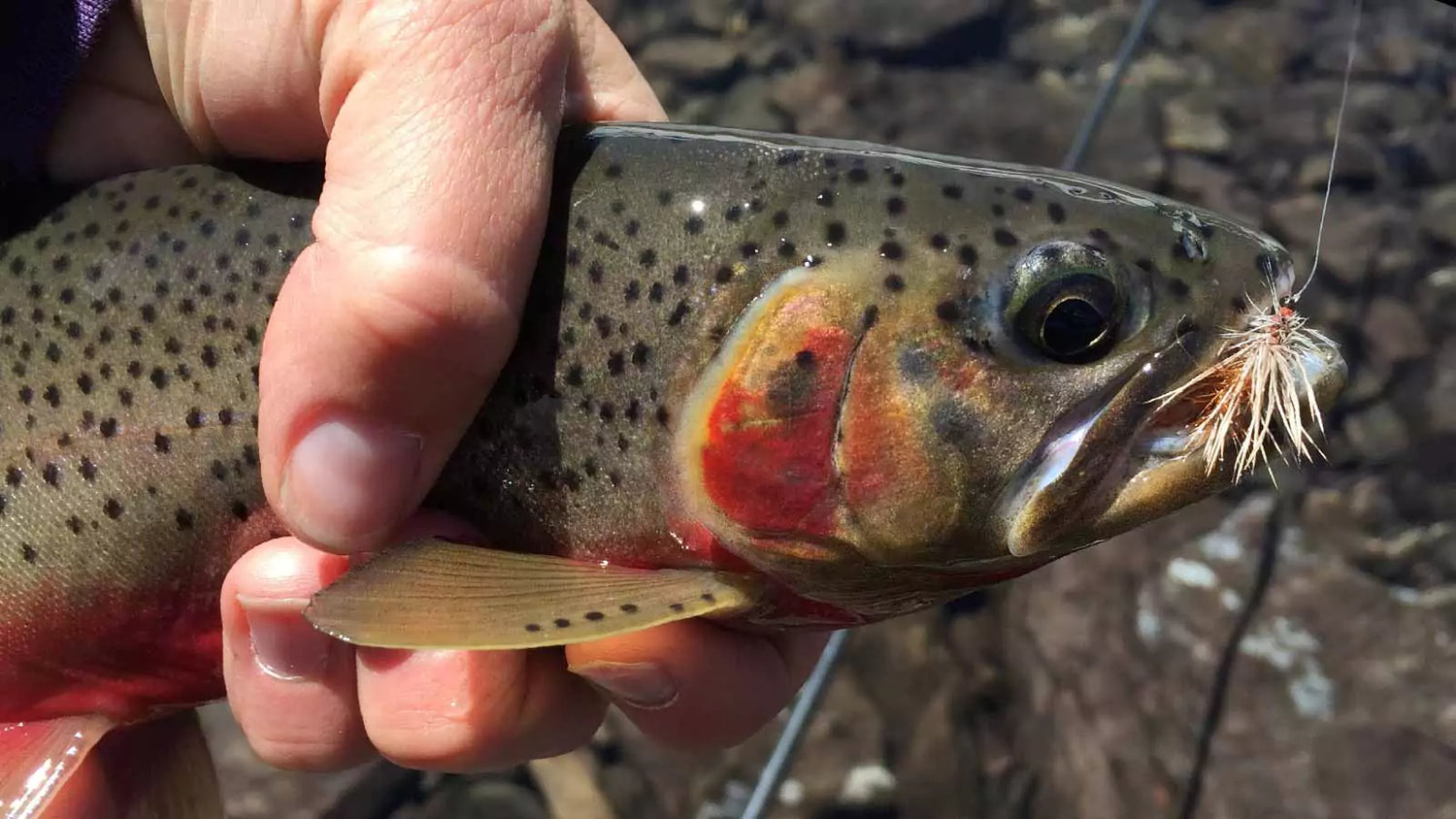
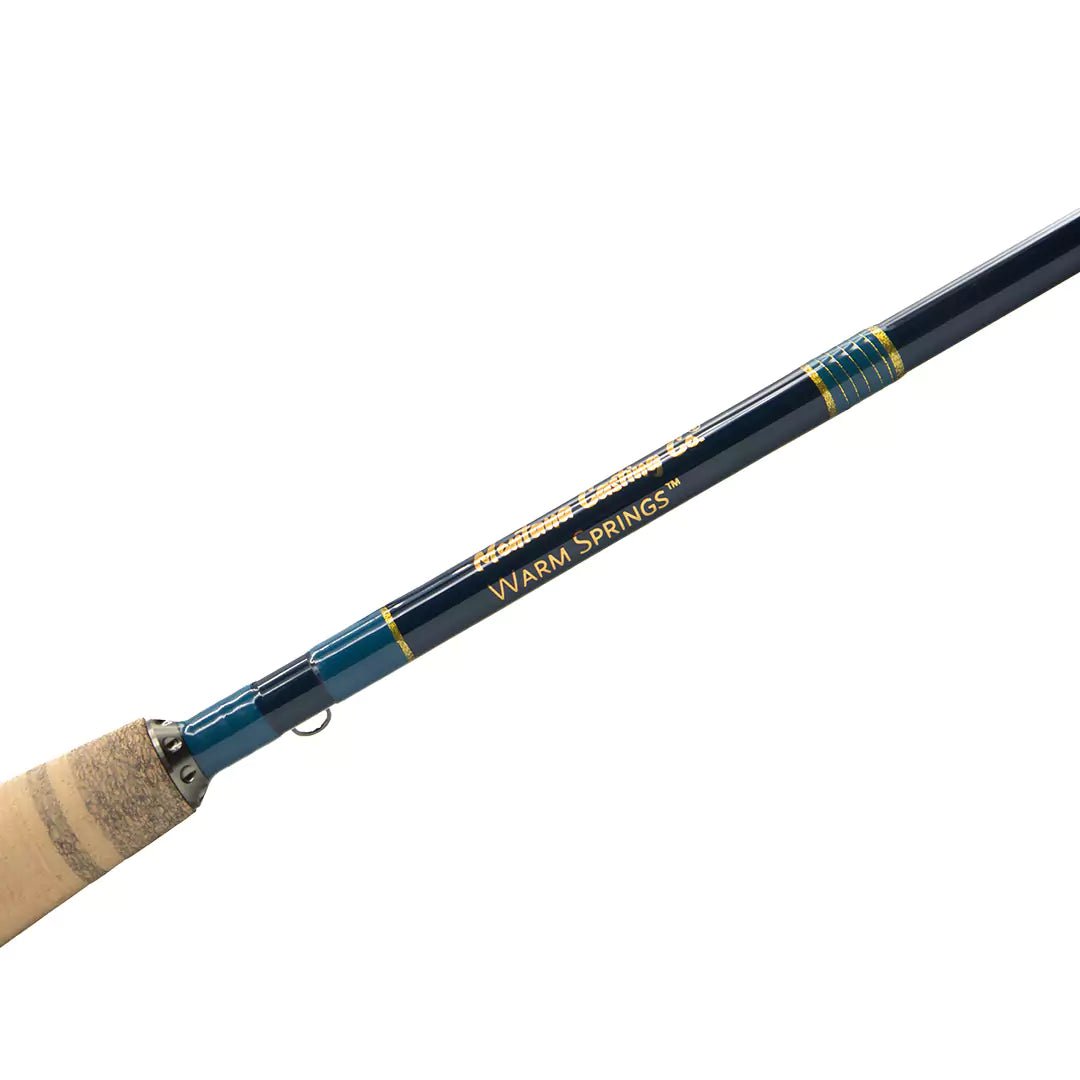
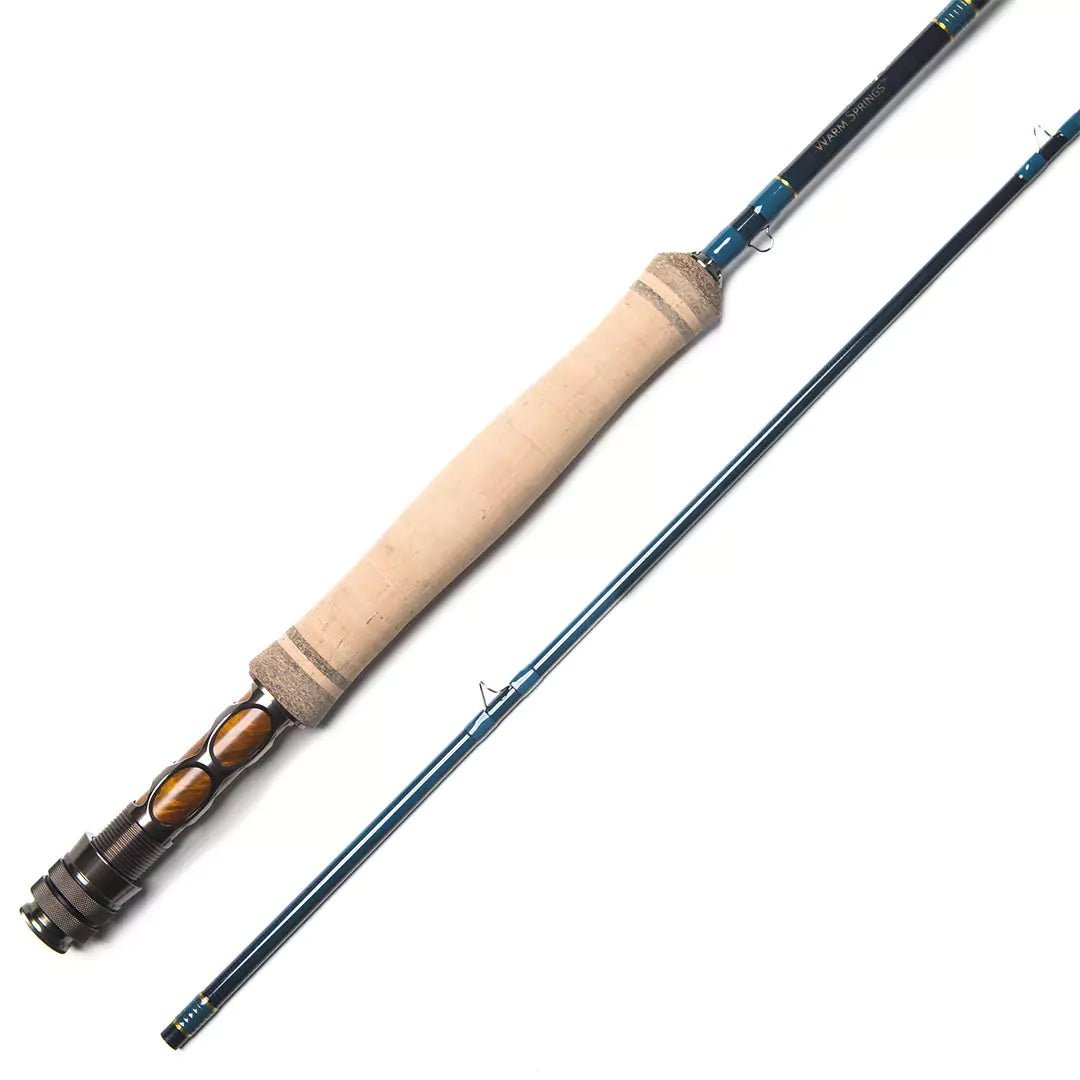
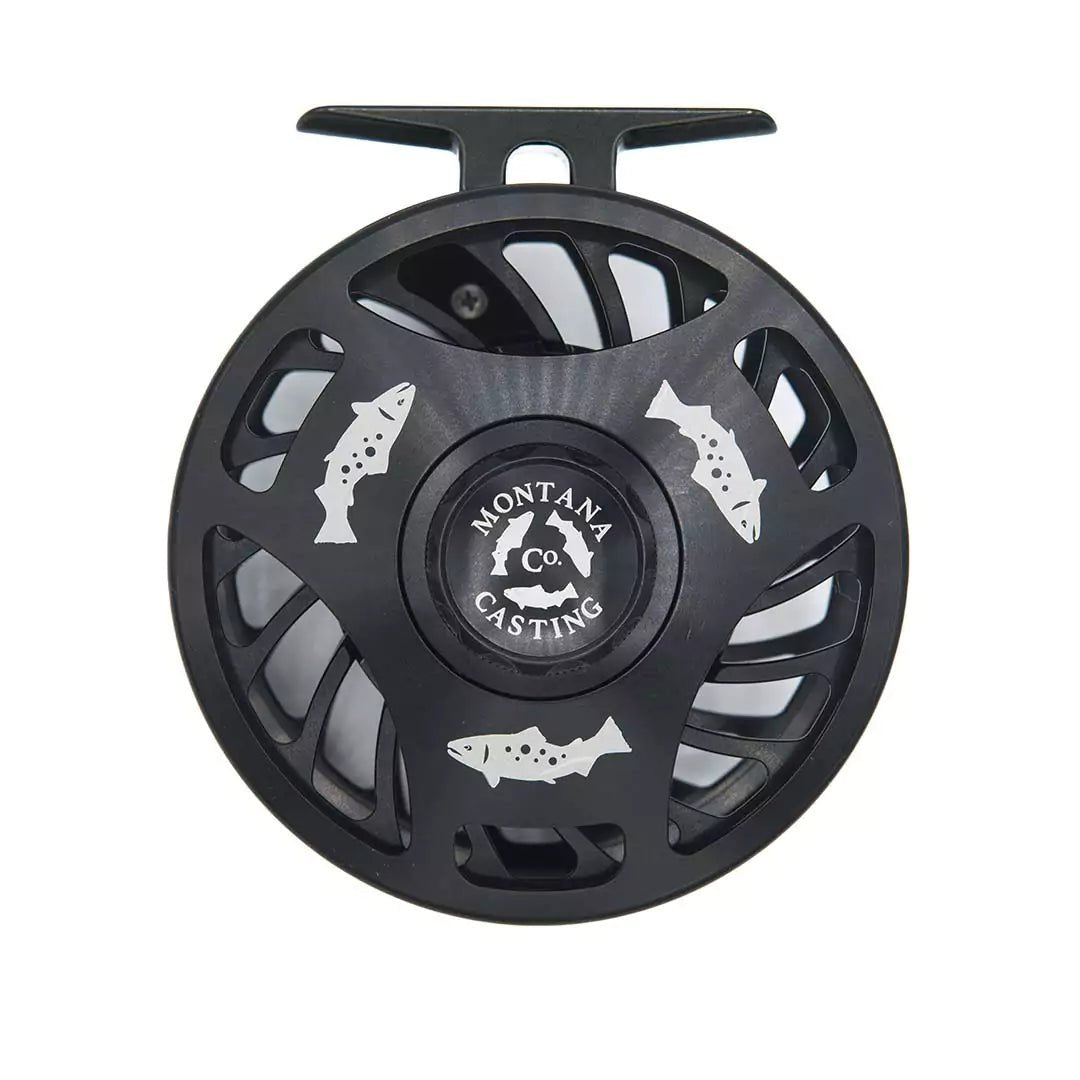
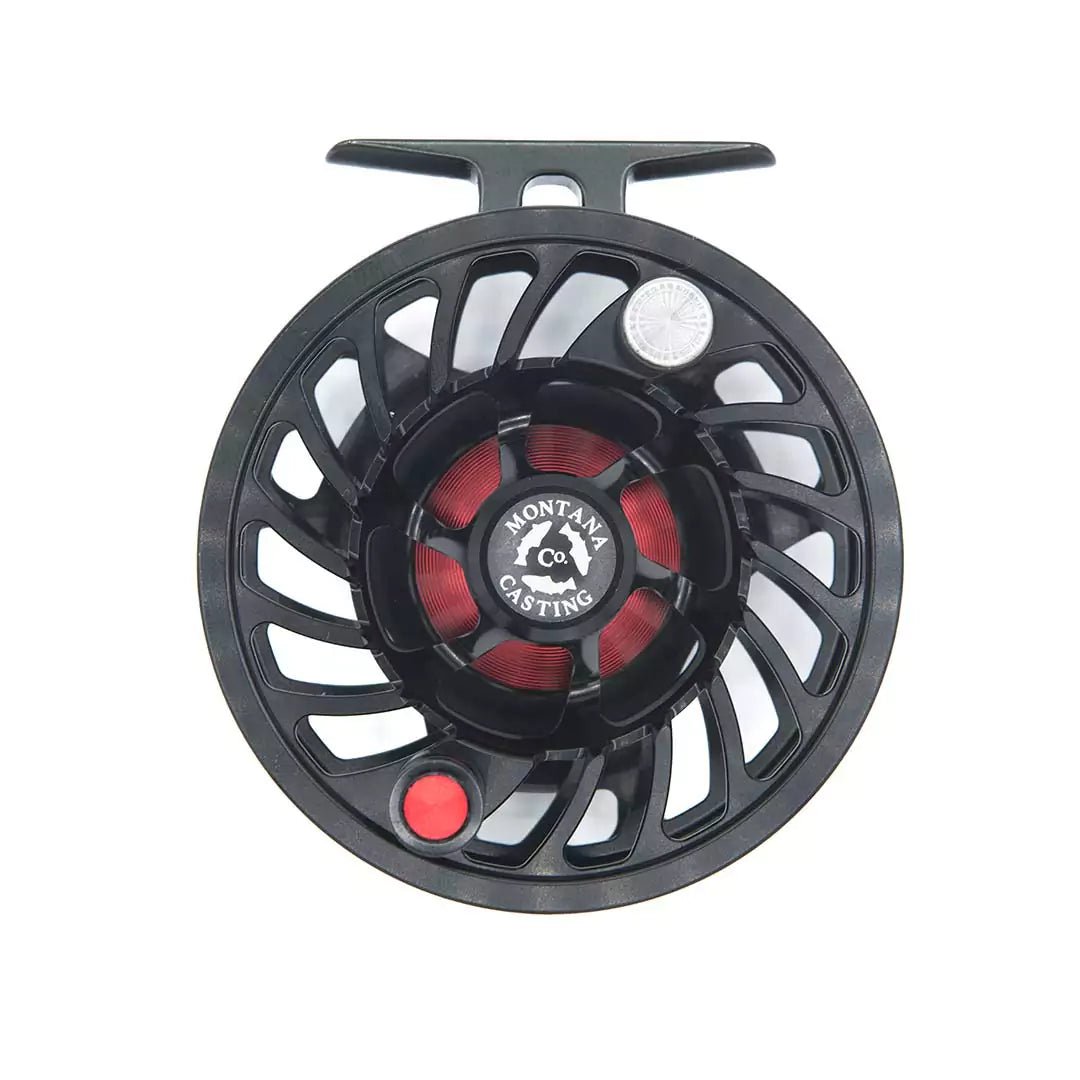
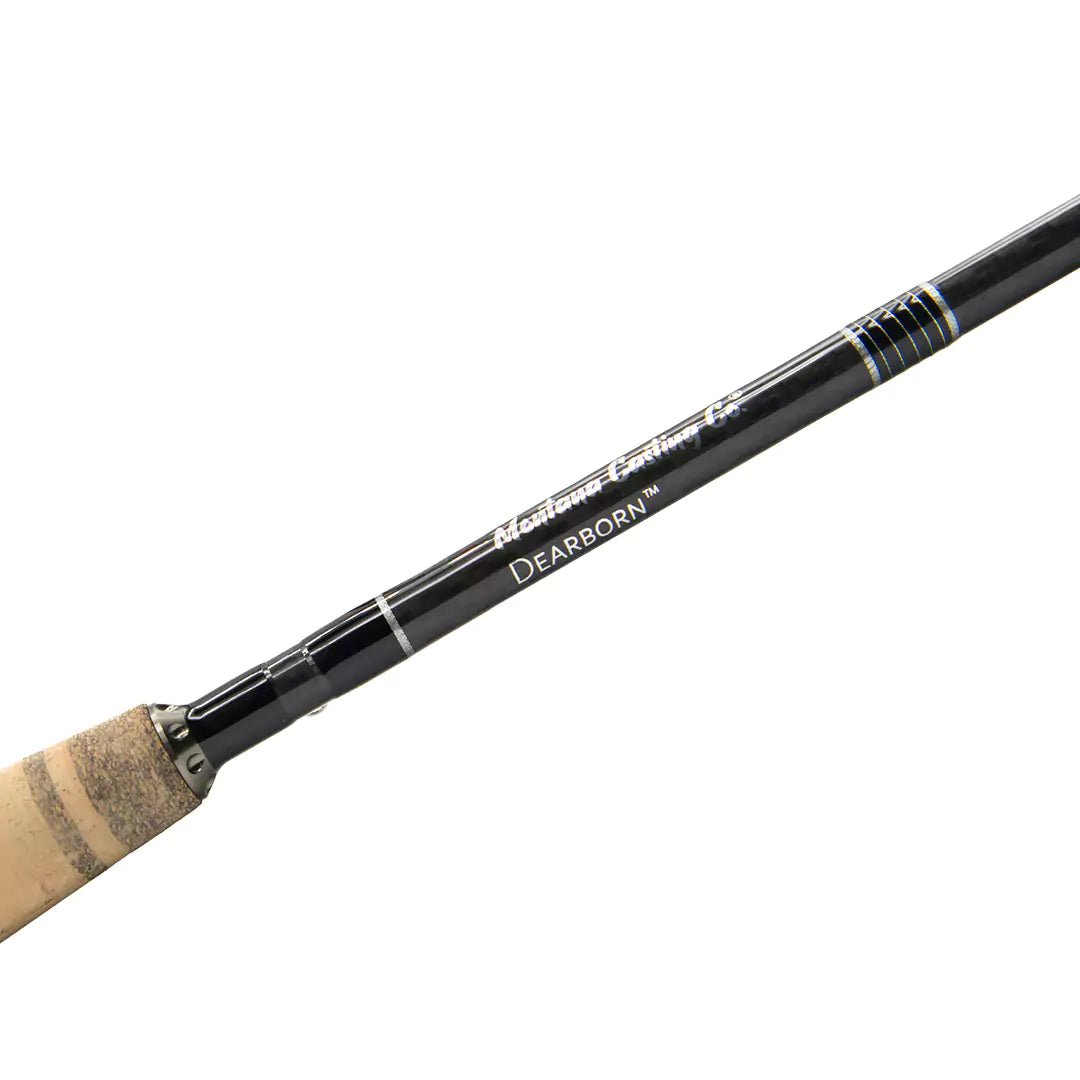
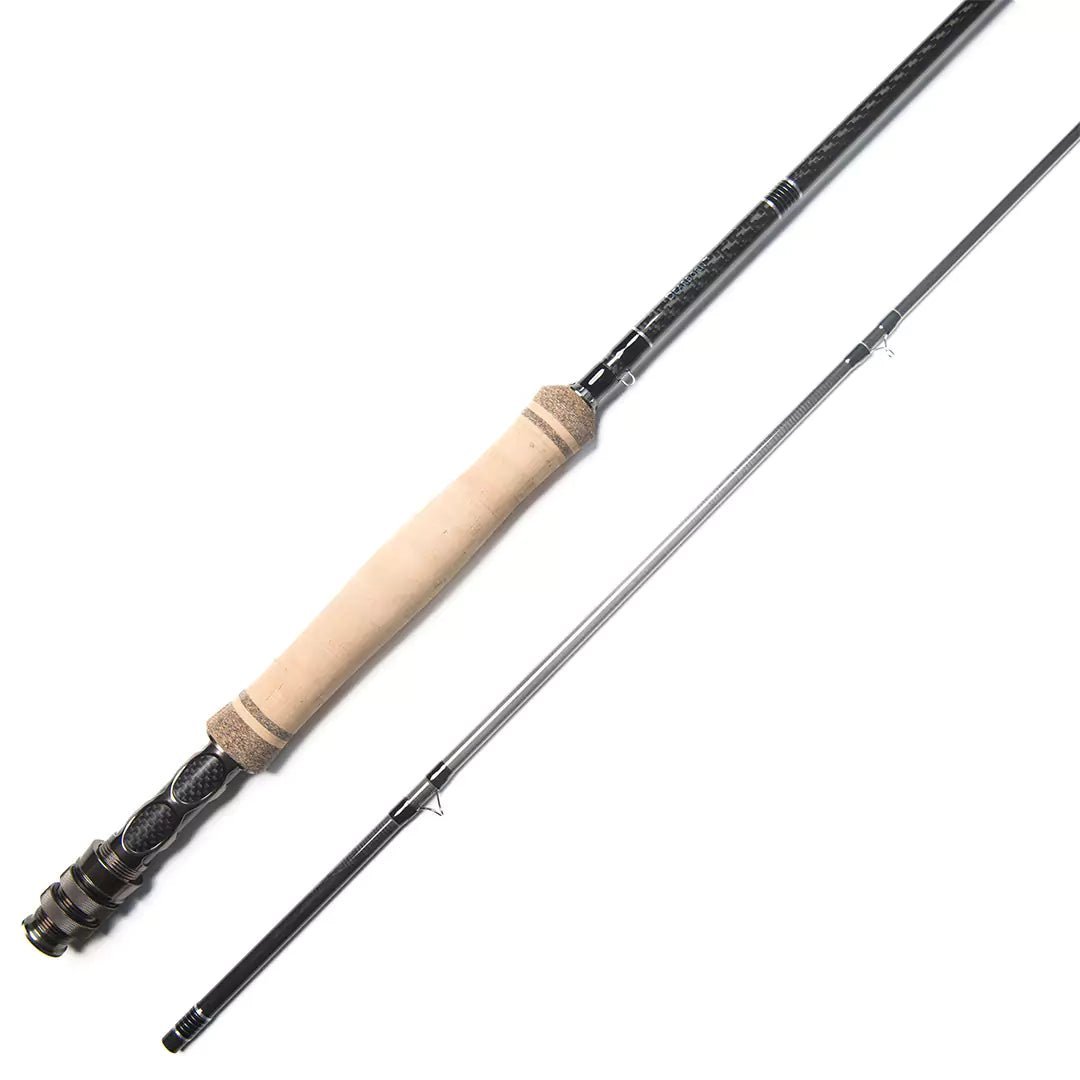
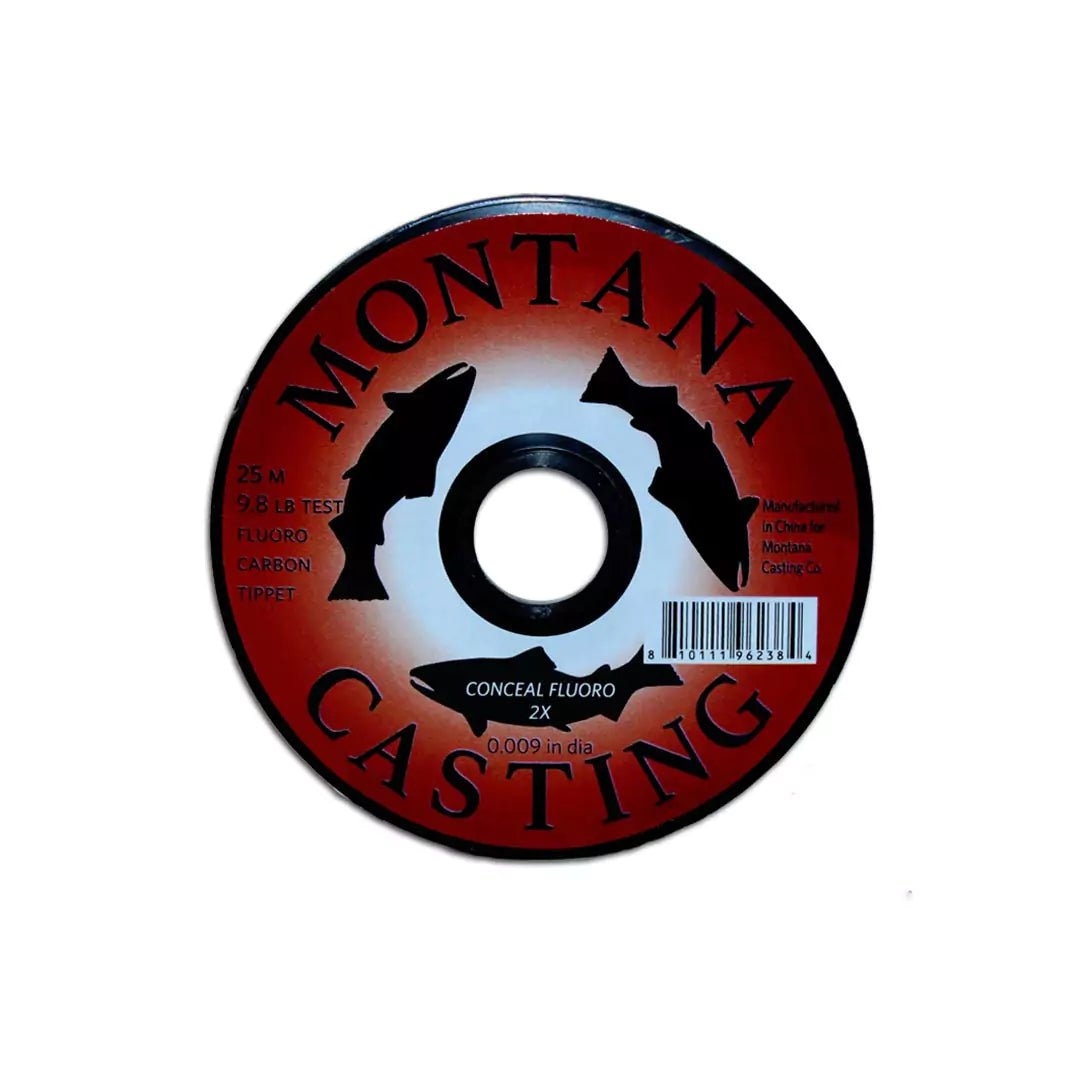
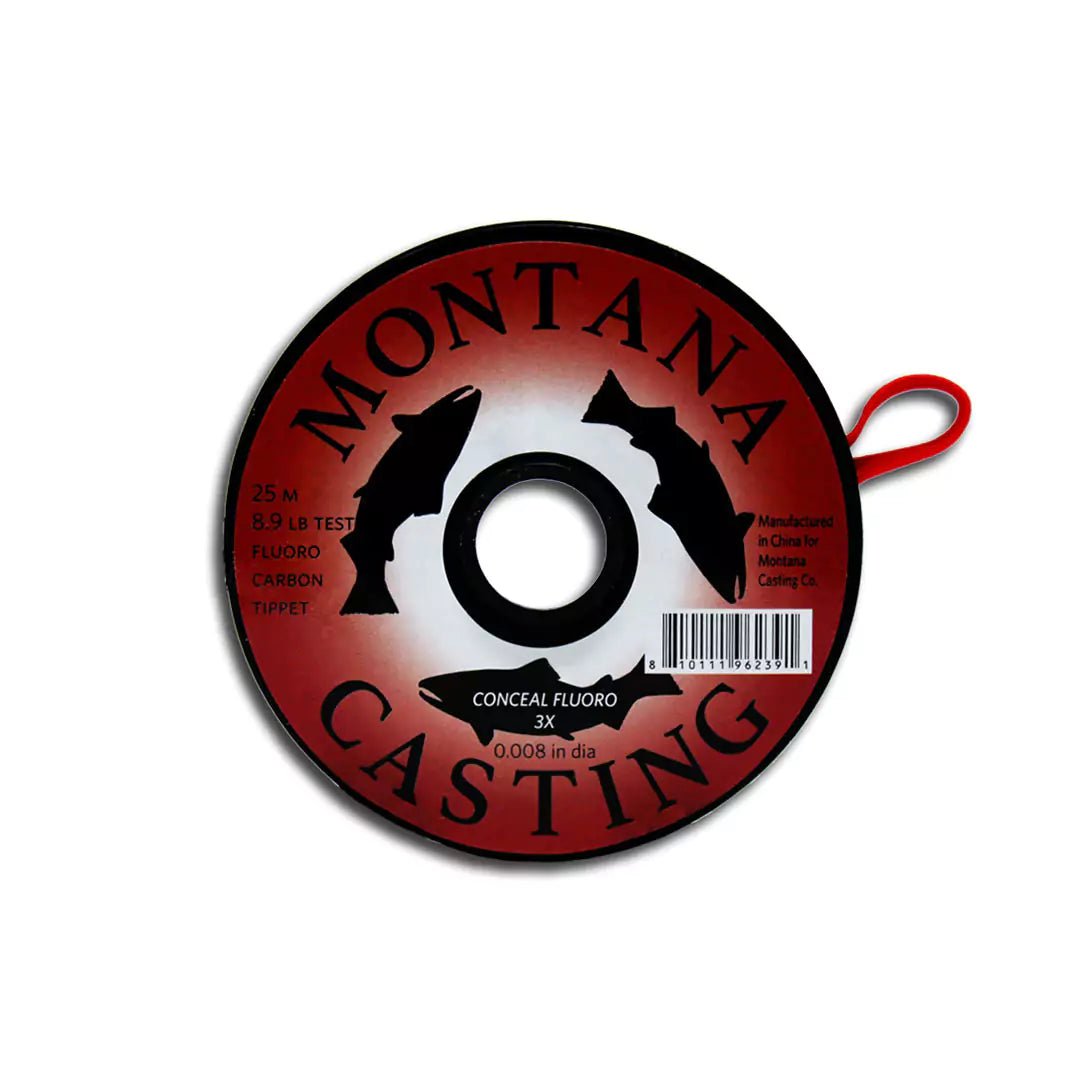
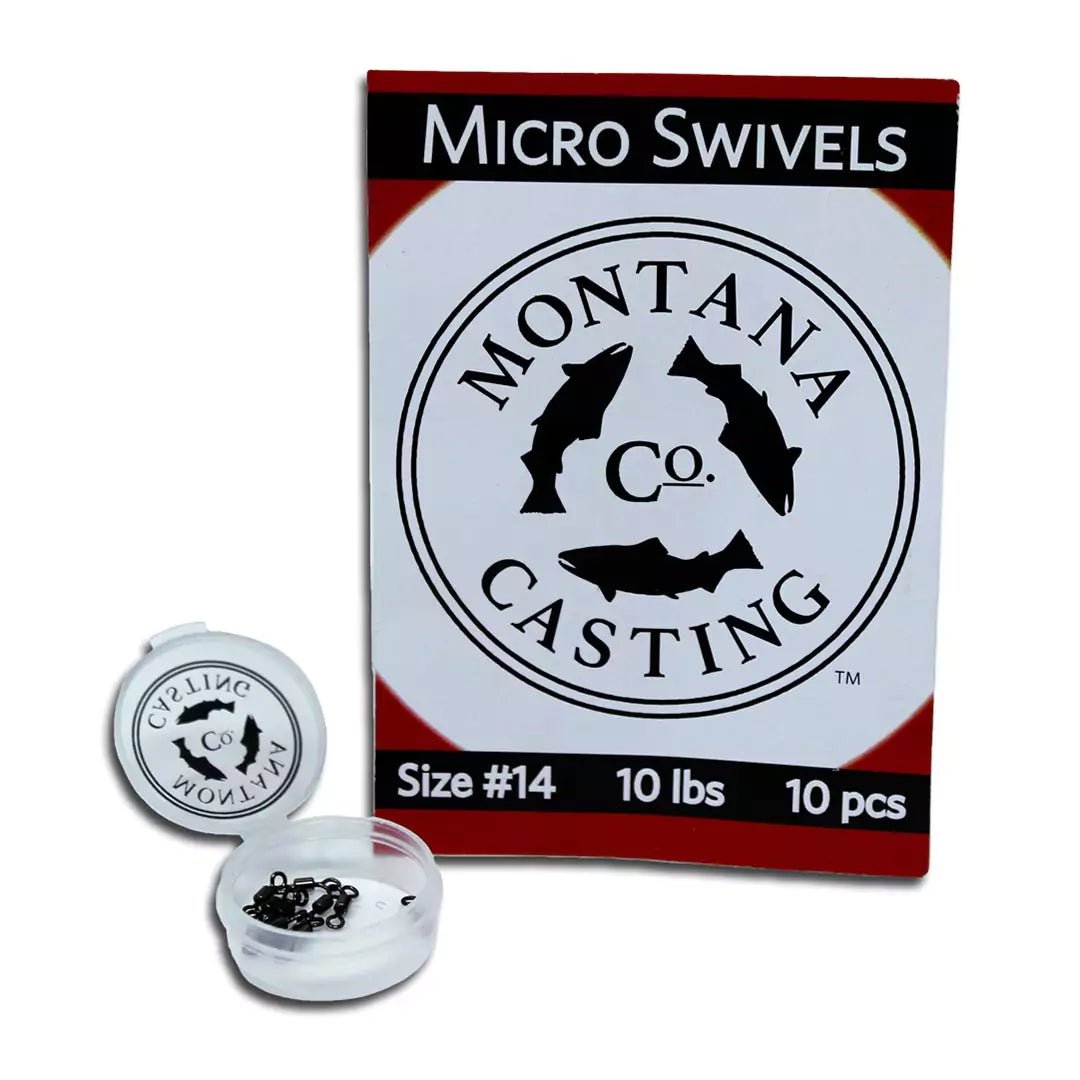
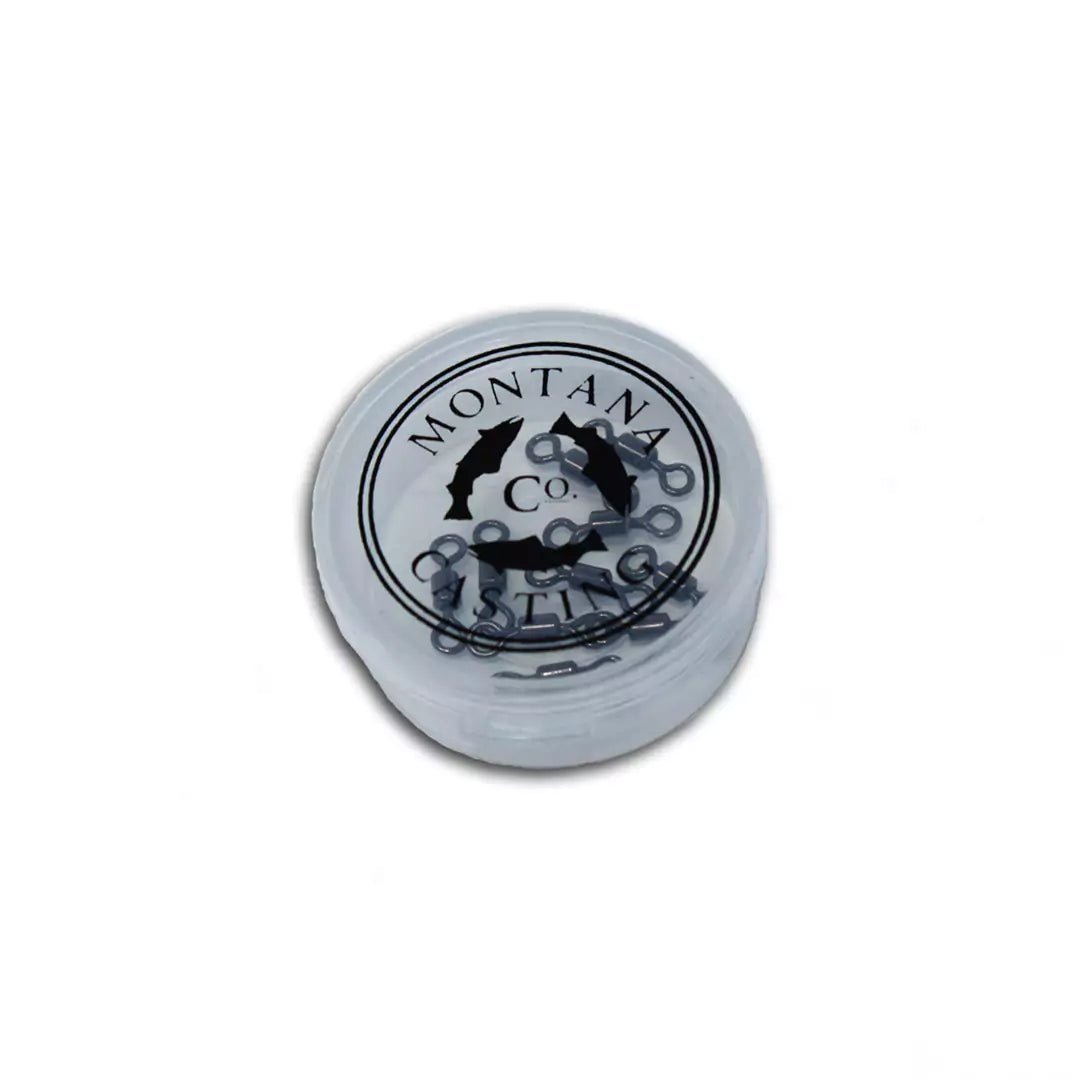
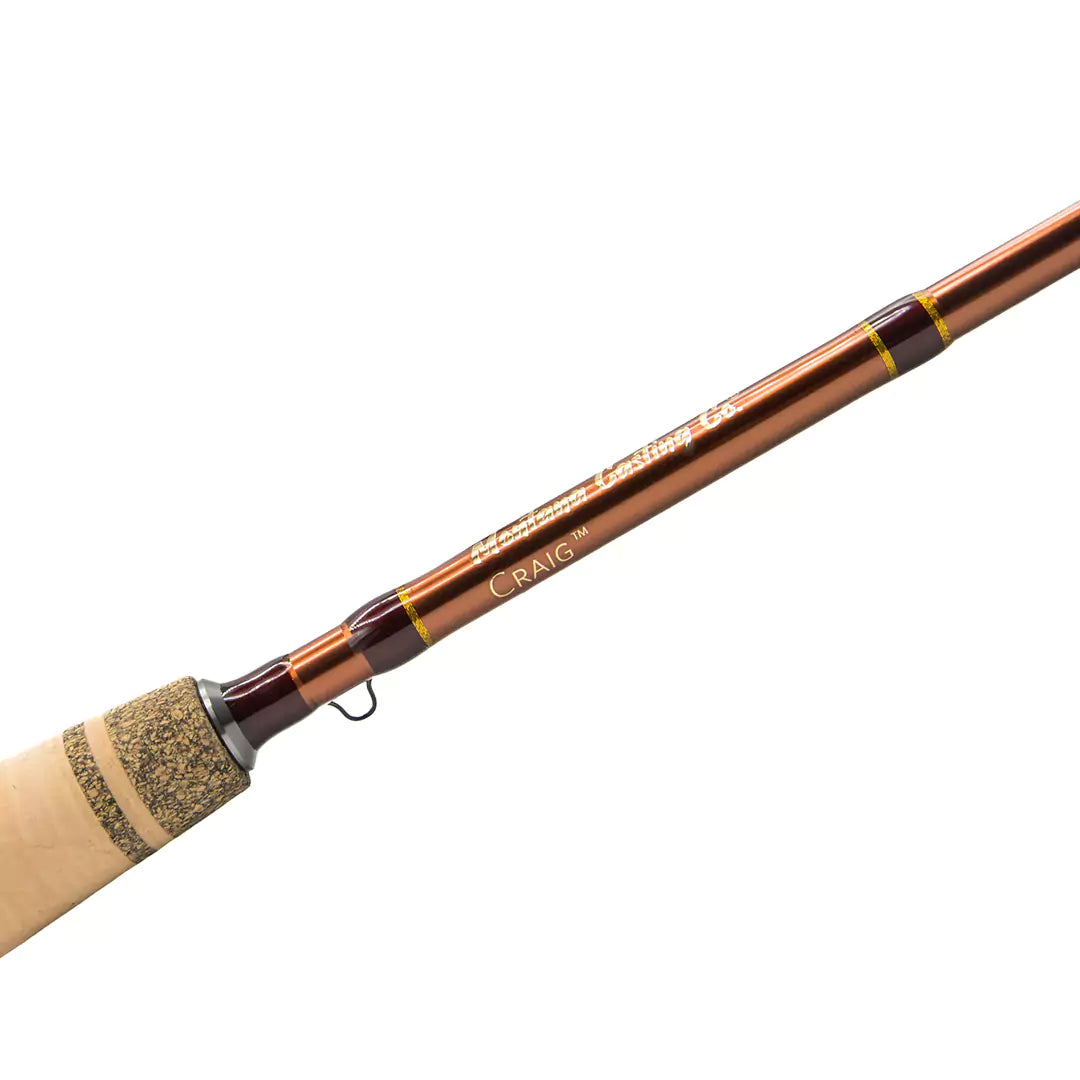
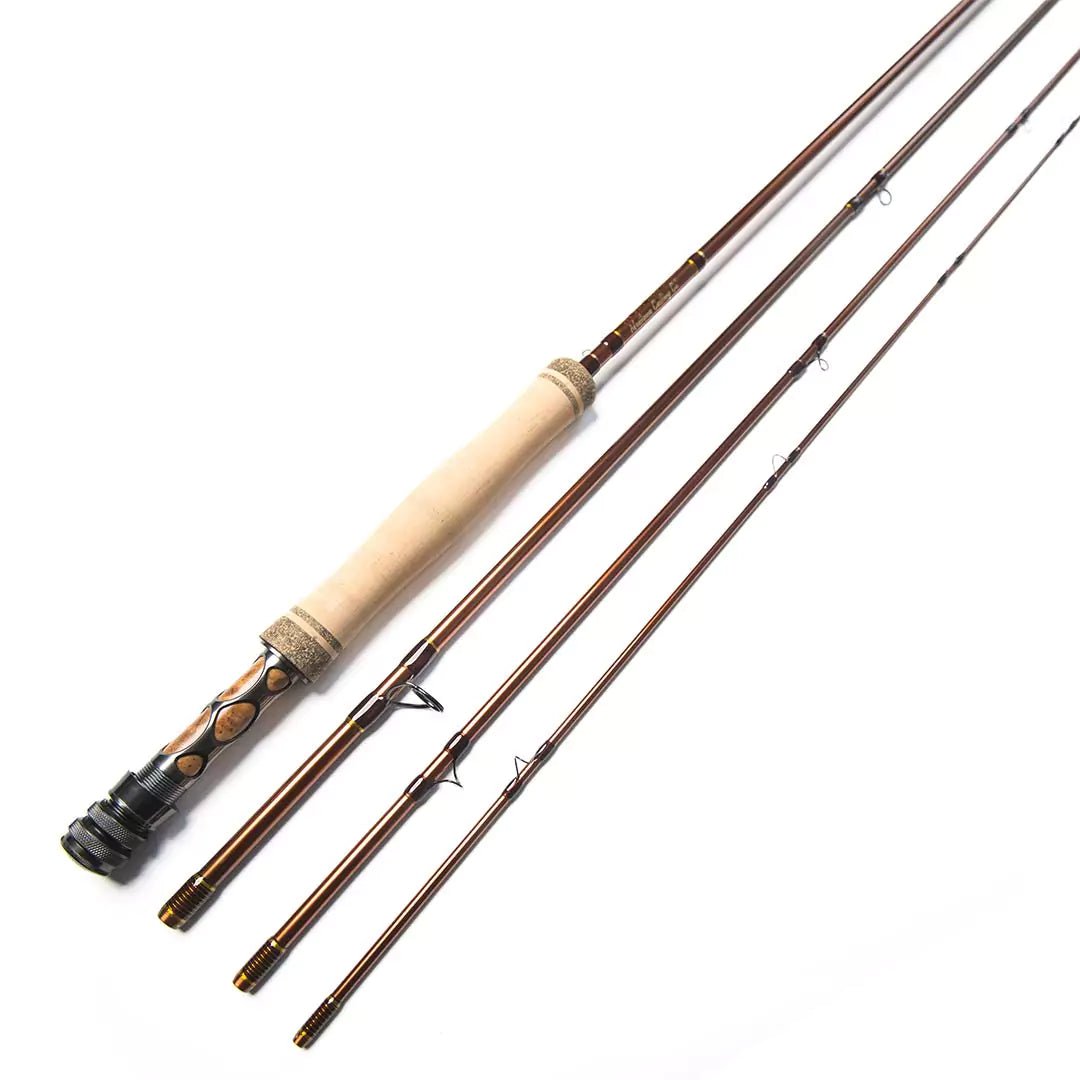
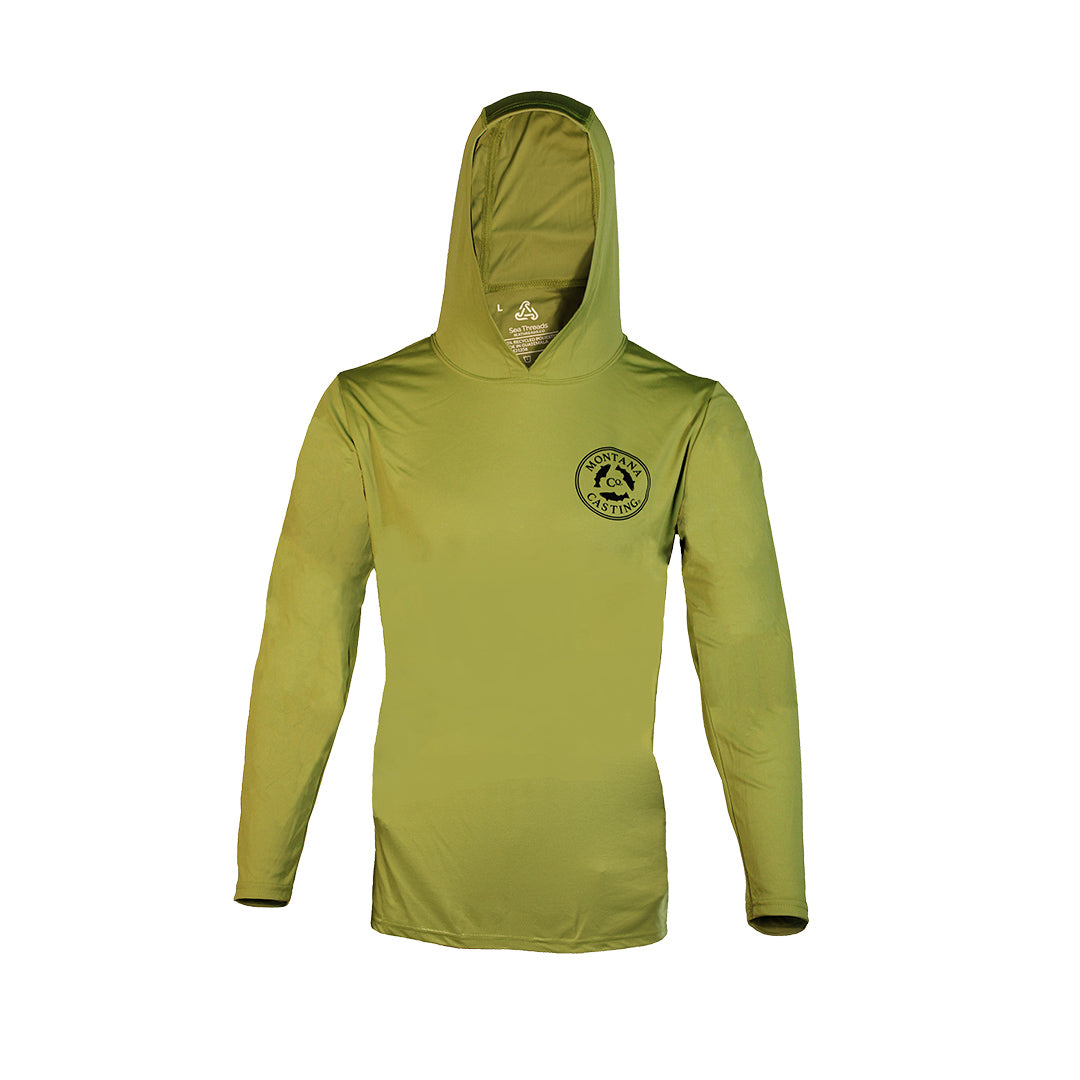

1 comment
Great hatchet knot advice!